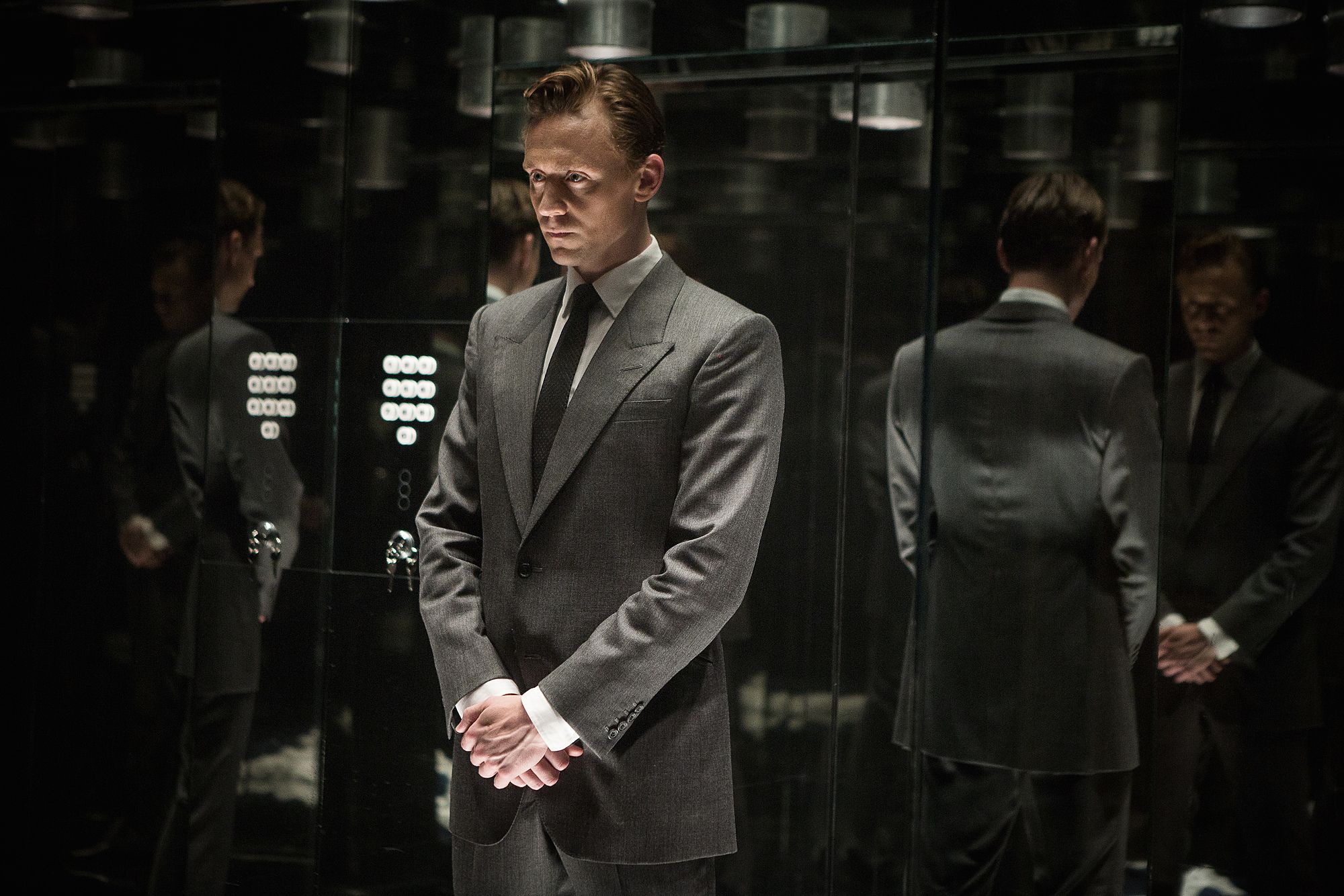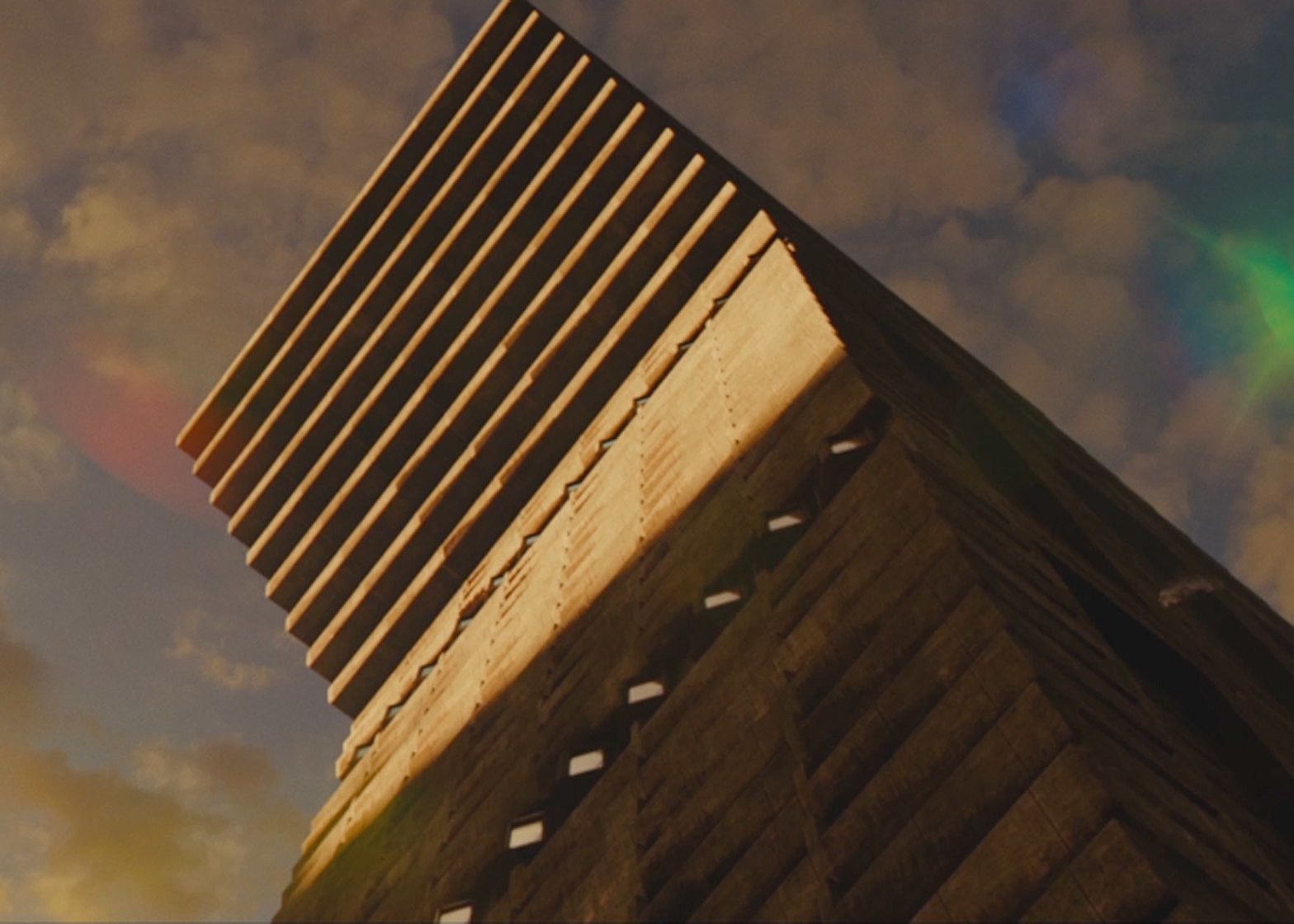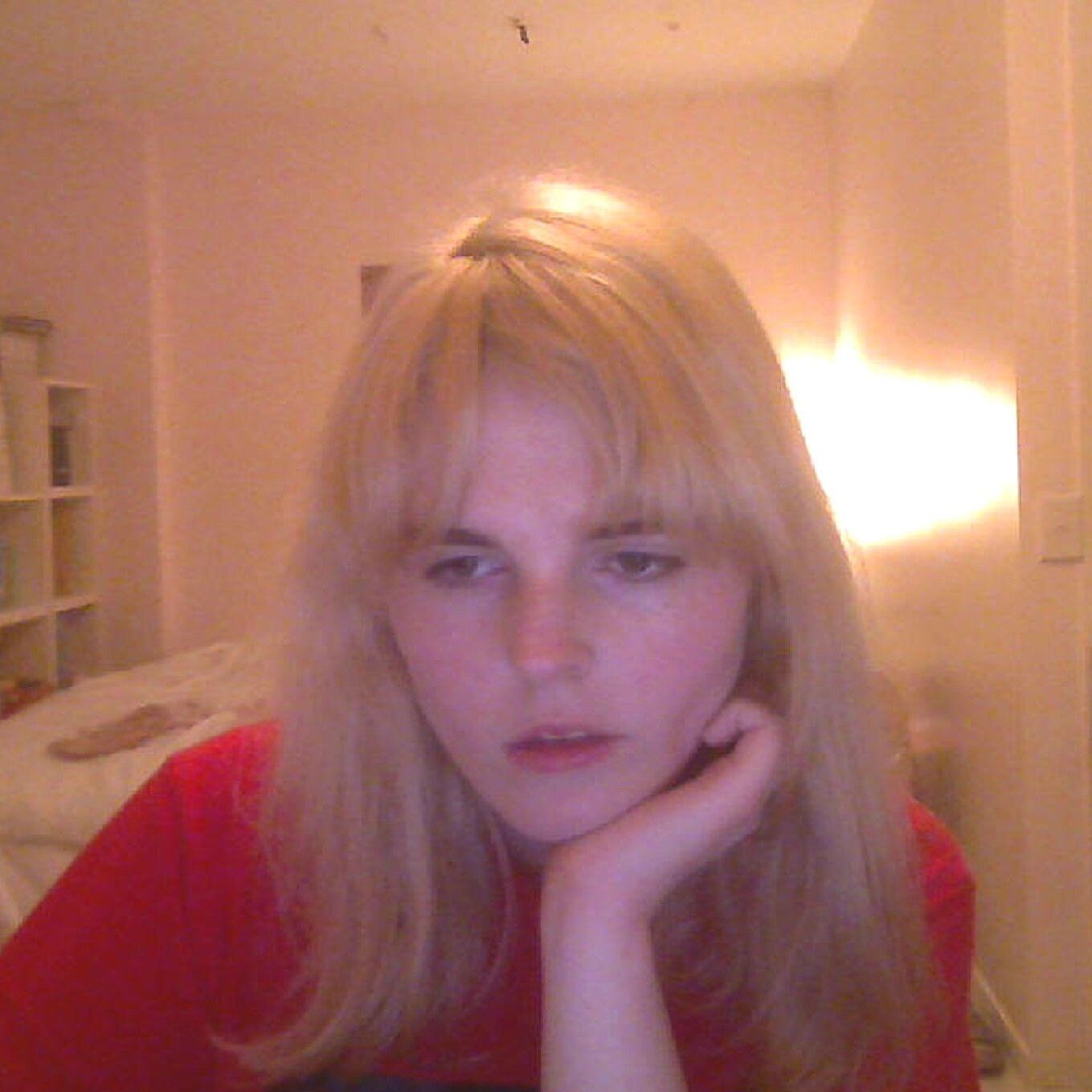Review: High-Rise
Combine a big budget and a big-name cast with director Ben Wheatley's weird sensibilities, and you've got yourself an unpredictable, dizzying – or is it nauseating? – adaptation of J.G. Ballard’s 'unfilmable' 1975 novel.
Combine a big budget and a big-name cast with director Ben Wheatley's weird sensibilities, and you've got yourself an unpredictable, dizzying – or is it nauseating? – adaptation of J.G. Ballard’s 'unfilmable' 1975 novel.
I approached Ben Wheatley’s High-Rise with great apprehension. It's director Ben Wheatley’s first time heading a large-scale, big-budget production, and it's not rare to see a visionary director (who's shone with smaller films) collapse under the weight of more money and greater expectations. In this case, the budget was $20 million, quite a step up from the £600,000 for the excellent A Field in England (NZIFF, 2013). Too often new, bigger budgets dull and suffocate the director’s brilliance, weirdness and idiosyncrasies that attracts the money in the first place, and I feared this would be the fate of High-Rise. The trailer supported my fears, depicting a forgettable and sanitary CGI construction of class warfare on the 40th floor.
It turns out I needn’t have worried. Wheatley may be new to this scale but he's no naïve prodigy director, and he's never intimidated by, or at the behest of, his budget. Instead, his unmistakably British grass-roots sensibility infiltrates and then gate-crashes the film's shininess, the A-list cast, and the expert colour-grading. A friend of mine observed that Wheatley will always remain an amateur, and this is the brilliance and salvation of High-Rise. The strange mash-up of sensibilities may be read as unevenness by some, but they combine and repel each other to create something fascinating and unpredictable. A shaky camera has never seemed so urgent or present, the fist fight it is depicting so violent, as when it arrives unexpectedly after 80 minutes of smooth dollys and crane shots.
High-Rise is something of a sprawling, unfocused mess, but it's a mess that's entirely on Wheatley’s terms.
Whether you call it unevenness or not, you can claim this is a common trait of the film overcome by its budget. Indeed, High-Rise is something of a sprawling, unfocused mess, but it's a mess that's entirely on Wheatley’s terms. From the very beginning, it's difficult to get a handle on the film: the editing, pace, and characters are kept at arm’s length, making you feel as if you're sliding over ice.
I was hoping the film would settle and find its balance, but it somehow got even worse – and as a result much, much better. By the final third, the film feels completely out of control, but it is a beast that Wheatley is entirely in control of, an exhilarating and frightening thing to experience. The mess is amplified by its grotesqueness. While literal garbage builds up in the buildings’ corridors, the real filthiness belongs with the human body. Save for Tom Hiddleston’s taut and sculpted form, bodies were fleshy and repellent. Even Sienna Miller’s right breast seemed sweaty, and Luke Evans was dirty and bloody enough to make you wince and hold your nose. It’s easy to forget the full sensory realities of the body and physical exertion in the face of a glistening Matt Damon or Christian Bale, but Wheatley succeeded in making everyone look like they really smelled.
I was hoping the film would settle and find its balance, but it somehow got even worse – and as a result much, much better.
There's also an underlying conversation around architecture in this film, especially around what it signifies: high-rise architecture is more than a convenient metaphor for society – there's an existing history of buildings in the 20th Century that act as physical manifestations of social crises. The most infamous is Chicago’s Cabrini Green, a public high-rise housing that descended into lawlessness in the 1960s and 1970s in unbelievably spectacular fashion, including snipers on the top floors and real-life mountains of garbage. This particular detail makes it seem unlikely that Ballard was unaware of this example: Cabrini Green illustrated the failures of public housing, but it also symbolised a failure for modernist architecture. Even the great Le Corbusier couldn't make his dream of socially-minded mass housing work. His Unité d’habitation and Cité radieuse was conceived for those left homeless after the Second World War, but went spectacularly over-budget and was sold to the wealthy bourgeoisie. Cabrini Green was a Corbusier-inspired example that succeeded in being inhabited by those from lower socio-economic orders, and we know how well that went.
The film’s titular, brutalist high-rise isn't strictly modern but post-modern, and this suggests Corbusier’s successors in the 1970s didn’t care to learn from his mistakes. Early on in the film, I found myself asking what the point was of adapting Ballard in 2016, but maybe the same rings true here: as class structures are not only disappearing but reasserting themselves more strongly, we would do well to learn from this alterna-history. If Wheatley was providing a message to take away beyond the chaos, it could be one that simple.
High-Rise is at the New Zealand International Film Festival


